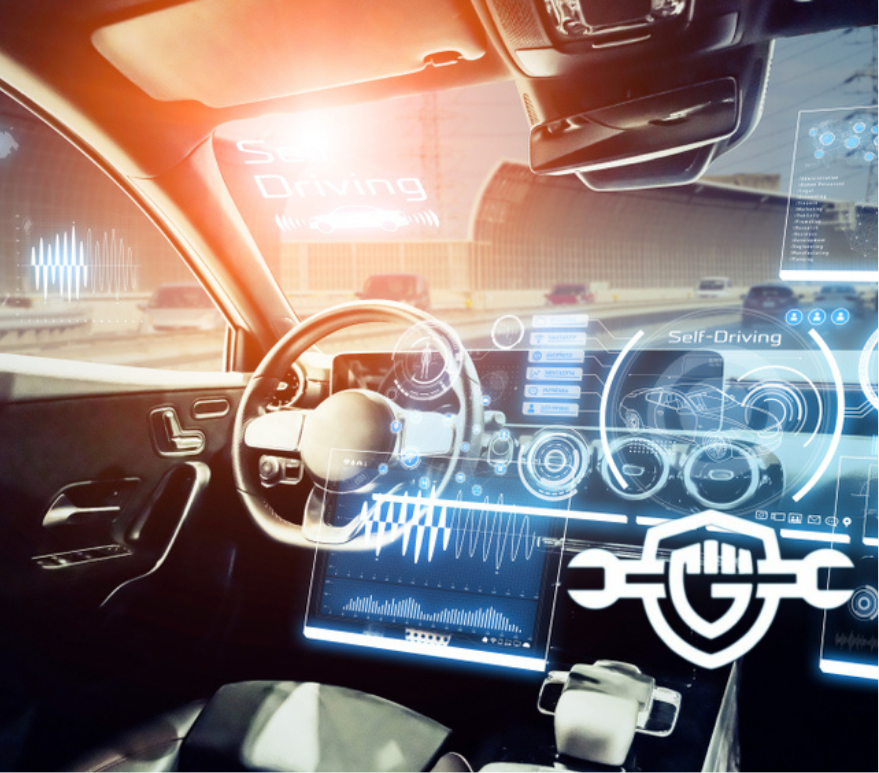Bad Alternator vs Battery: Spotting the Difference
Published on
July 3, 2025

There’s nothing like that sinking feeling when you turn the key (or press the start button) and your car doesn’t respond. Maybe it cranks slowly, maybe it clicks, or maybe nothing happens at all. The first thought most drivers have? “The battery’s dead.” And sometimes, that’s true.
But here’s the catch: your battery and alternator work together to keep your vehicle running. One stores power. The other keeps everything charged while you drive. When either one starts to fail, it can lead to similar symptoms, and if you guess wrong, you might end up replacing the wrong part, wasting time and money, or still be stuck in the driveway.
So, how do you tell the difference between a bad alternator and a dying battery? The clues are there if you know what to look (and listen) for.
Signs the Alternator Is Failing
Your alternator is like a generator. It keeps your battery charged and powers everything electrical while the engine’s running. If it starts to go bad, your battery will eventually drain, and all kinds of weird things can start happening. Spotting alternator issues early can save you from getting stranded with a car that won’t start, even if your battery isn’t technically dead.
Dim or Flickering Lights
One of the most obvious signs of a failing alternator is when your headlights start dimming, especially when you idle, or if they flicker when you press the gas or use another accessory like the defroster. This is your vehicle struggling to keep a consistent voltage, and it usually means the alternator is losing its charge-holding ability.
Electrical Accessories Acting Up
Today’s vehicles have a lot of tech, from power windows and heated seats to touchscreen displays and USB chargers. If these features suddenly stop working or behave erratically, the alternator could be falling behind. For example, your stereo might cut out when you hit the brakes, or the dashboard screen may glitch while driving.
Warning Light on the Dashboard
Look for a red battery-shaped warning light on your dash. While it looks like a battery issue, it often signals trouble with the charging system. If this light comes on while driving, your alternator likely isn’t recharging the battery the way it should.
Dead Battery After Driving
This one confuses a lot of folks. If you just drove your car and then the battery is dead next time you try to start it, that points to a charging issue. The alternator didn’t recharge the battery during your drive, and now you’re out of juice.
Burning Rubber or Electrical Smell
A hot, burning smell under the hood (especially one that smells like rubber or overheated wires) could mean the alternator is overheating or that the belt is slipping. These are serious signs and can indicate internal failure or excessive friction from a failing alternator.
Hard Starting or Frequent Stalling
A weak alternator can cause your engine to hesitate when starting or even stall while driving. That’s because it can’t deliver enough power to the ignition system, fuel pump, or engine control module. If you’re seeing those symptoms, don’t assume it’s just the battery–your alternator might be the real culprit.
Signs the Battery is Failing
Your battery provides the initial power needed to start your engine. After that, the alternator takes over. But if your battery is on its last leg, your car may crank slowly, fail to start, or show other frustrating signs. The trick is knowing if it’s just a weak battery or if there’s something else draining it.
Slow Engine Crank
When you turn the key or hit the start button and the engine turns over slowly (or sounds like it’s groaning), that’s a classic sign of a weak battery. It’s trying, but it just doesn’t have the juice. Cold mornings tend to make this worse, especially for older batteries.
Clicking Noise When Turning the Key
If all you hear is a rapid clicking sound when you try to start your car, chances are your battery doesn’t have enough voltage to power the starter. This is one of the clearest signs that the battery is either drained or dead, and jump-starting it might only be a temporary solution.
Battery Warning Light Staying On
This warning light can show up with alternator issues or battery issues, so context matters. If you’ve been having trouble starting your car or the light stays on even after a jump-start, your battery might not be holding a charge anymore.
Swollen or Leaking Battery Case
Take a peek under the hood. If your battery looks bloated or has a cracked case, it’s not in good shape. Overcharging, extreme heat, or internal failure can cause the battery to swell, leak acid, or corrode at the terminals.
Needing Frequent Jump-Starts
A healthy battery shouldn’t need more than the occasional jump-start in extreme conditions. If you're jumping your car once a week (or even once a month), you're dealing with a battery that can't hold a charge. And if your alternator is working properly, the problem almost always lies with the battery.
Car Starts Fine One Day and Struggles the Next
If your vehicle starts great one day, then acts up the next, especially with no weather changes, your battery could be losing voltage inconsistently. This kind of behavior is typical of older or borderline-failing batteries that haven't completely died yet but aren't reliable anymore.
When to Get a Professional Diagnosis
Still not sure if it’s your alternator or battery? You’re not alone. These issues often overlap and can even happen at the same time. The good news: it’s quick and easy for a trained technician to test both and give you a straight answer.
At any local shop in the GreatWater 360 Auto Care network, we’ll run a full charging system test, inspect for wear, and tell you exactly what’s going on–no guesswork and no upsells. If it’s a simple battery swap or something more involved, we’ll get you back on the road the right way.
Schedule your electrical system check today and stay one step ahead of a no-start situation.


.png)